Rolleiflex 2.8F Review: Why is the TLR that Everyone Wants?
Last Updated on December 28, 2023
Editorial Note: By purchasing through the links on DustyGrain, we may earn a commission. These earnings do not dictate our opinions or product evaluations.
In this Rolleiflex 2.8F review we will dive into the details behind one of the most legendary cameras in history, a camera that boasts a reputation for sophisticated German engineering.
It was the favorite camera of the photojournalists of its time and today it is one of the most desired cameras by fans of analog photography.
The Rolleiflex is a medium format camera, that is, it can shoot 120 and 220 format films, it has an aspect ratio of 6×6 and a very high quality lens manufactured by Carl Zeiss. It’s listed in our post about the best medium format cameras currently in force.
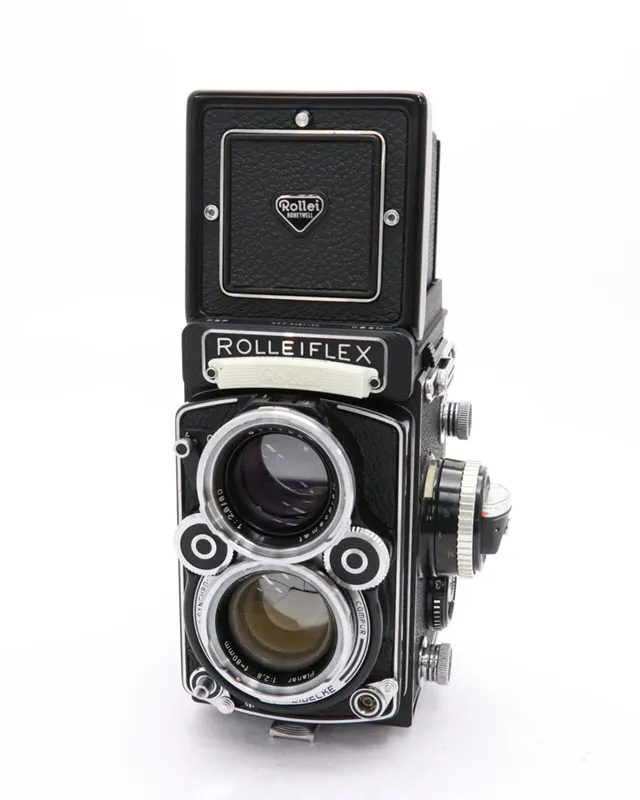
Table of Contents
Rolleiflex 2.8F Specs
| Release: | 1960 – 1981 |
| Camera type: | Twin lens reflex, TLR |
| Film format: | 120, 220 format |
| Shutter type: | Compur leaf shutter |
| Shutter speed: | 1 – 1/500 sec, bulb |
| Lens: | Carl Zeiss Planar 80mm f/2.8 |
| Mettering: | Selenium cell, no battery |
| Weight: | 1.25kg |
| Dimensions: | 147 x 109 x 108mm |
History
Rolleiflex was born from the entrepreneurship of Reinhold Heidecke and Paul Franke, two German businessmen who joined forces to create one of the most prestigious camera companies in the world.
They entered the market with the first and original Rolleiflex in the mid 20’s of the last century. They were not the first to create TLR’s, but they were the ones who made the system popular. The photojournalists were the first to fall in love with these cameras, and in the following years the Rolleiflex would end up being the kings in this sector.
From the beginning the company was founded on principles that have to do with durability, build quality and reliability. This was what made a difference in the market at that time, since although it had the same features as other cameras, a Rolleiflex would not easily damage or stop working in adverse conditions.
It did not use the typical fabric shutters for the shutter, instead it used the mythical Compur leaf shutter with metal leaves. It also didn’t use bellows on the lens, so you never had to worry about non-metal material deteriorating over time.
The 2.8F model was preceded by the 2.8A, 2.8B, 2.8C, 2.8D, 2.8E models. Where in each one of them it was improved until reaching the model that everyone considers that Rolleiflex reached its maximum level of quality and the one that gave renown to the brand, in addition to maintaining a constant production for 20 years.
Rolleiflex has two equally important secondary lines for the advanced and amateur sectors. The Rollieiflex with 75mm and 3.5 aperture lenses and the famous Rolleicord. Cameras that deserve separate posts.
All in one body
The Rolleiflex is known for its simplicity and at the same time its sophistication, unlike the Hasselblad 500CM, for example, which is a detachable camera in all its parts, the Rollei handles a totally opposite concept, which is to have everything you need in one body only, compact and ready to go.
On the front, its two Carl Zeiss lenses stand out, the bottom one is the lens with which you really take the photo and it’s the one that also has the highest quality, while the top one is the one with which the focus is made. On the sides of the camera are the focus and shutter speed knobs.
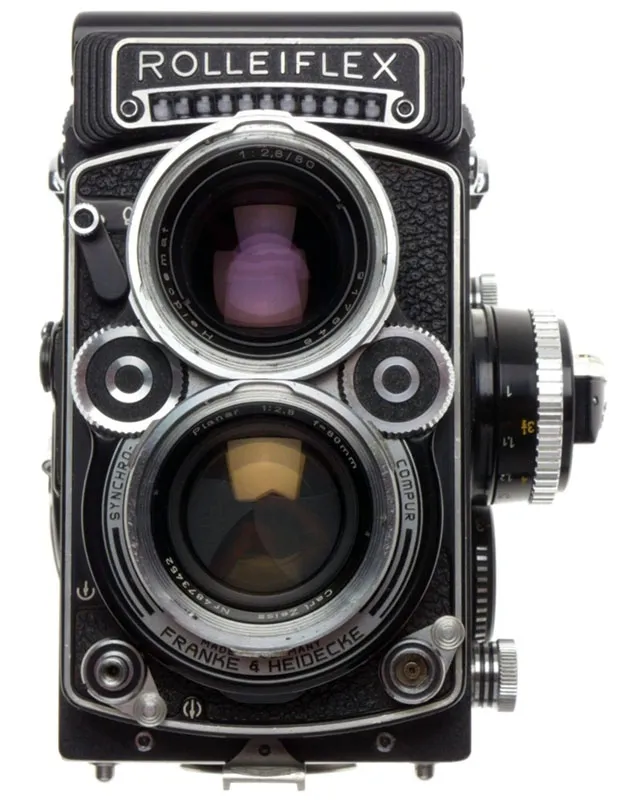
At the bottom of the front are also the fire button and the pc sync port. And at the top is the flash selector, which is used to select the use of flash bulbs or electronic flash.
At the top is the waist level viewfinder and a small retractable focusing loupe, which is used for more precise focusing.
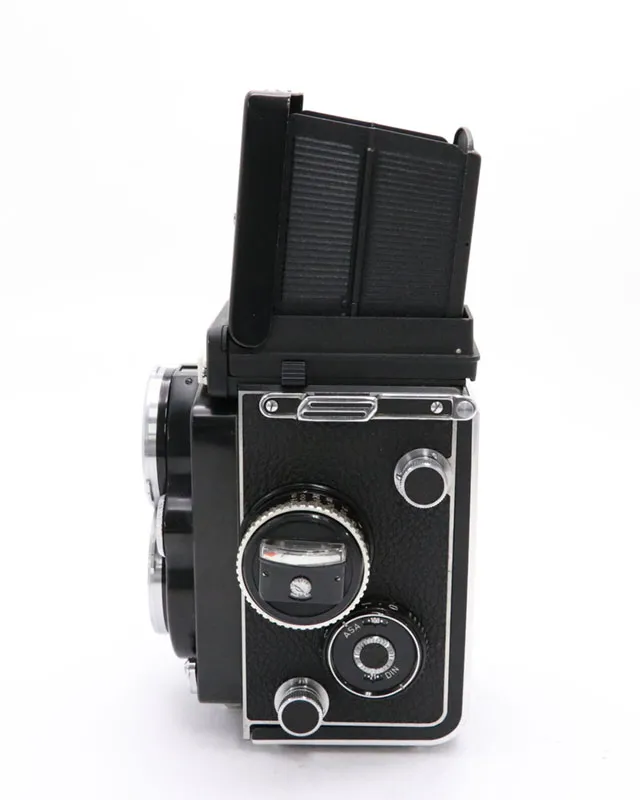
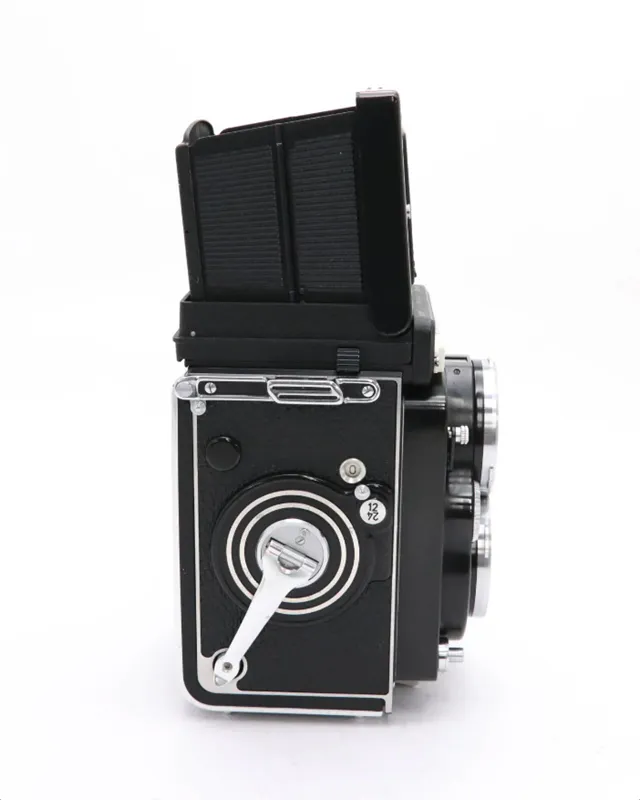
On the left side of the camera we find the focusing knob, and next to it the indicative needle in charge of showing the information of the light meter. And on the right side is the crank in addition to the frame counter.
The Lenses
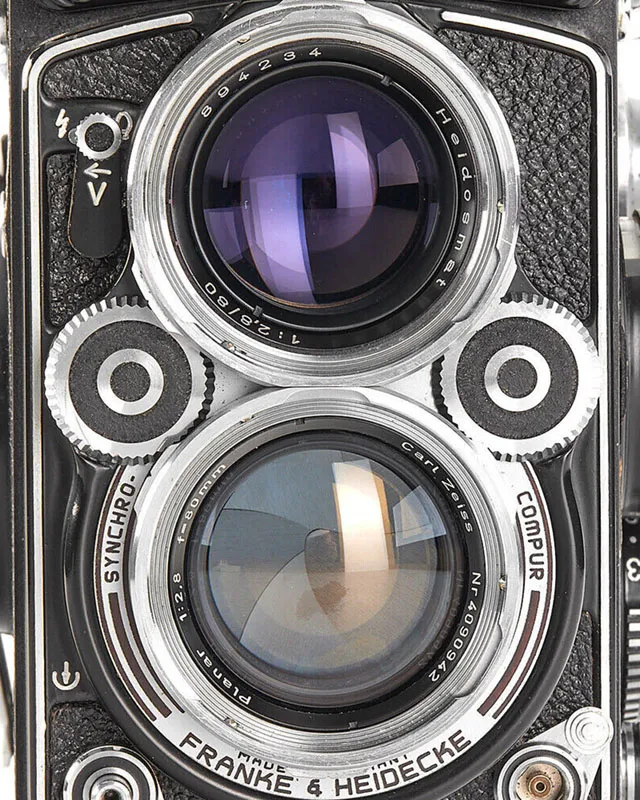
The Rolleiflex 2.8F has a Carl Zeiss Planar 80mm f/2.8 fixed lens with 5 elements in 4 groups (late type 2). It has a minimum focusing distance of 0.9m. It consists of a Syncro-Compur in-lens leaf shutter, the same as other manufacturers in the same range such as Hasselblad. Thanks to this shutter the Rolleiflex 2.8F can synchronize the flash with any speed.
The Carl Zeiss lens is covered with multicoating, it does not present any type of vignetting on the edges, it also has distortion correction, which loses effectiveness with closer distances (as usual).
In short, this is a high-quality lens, with excellent contrast that results in images with exceptional sharpness.
The Viewfinder
The viewfinder of the Rolleiflex 2.8F has 100% coverage, as we said before, the upper lens of the camera is in charge of delivering the image to compose, it’s very bright precisely to make the focus more effective. The waist level viewfinder folds inside out and features a magnifier ideal for more precise focusing.


In addition to the magnifying loupe, the viewfinder also has two eye level windows on the back side, where one of them is a simple square frame to reframe and the other is a portion that reflects the mirror and with which you can also adjust the focus. In other words, the viewfinder contemplates many possibilities for framing and focusing.
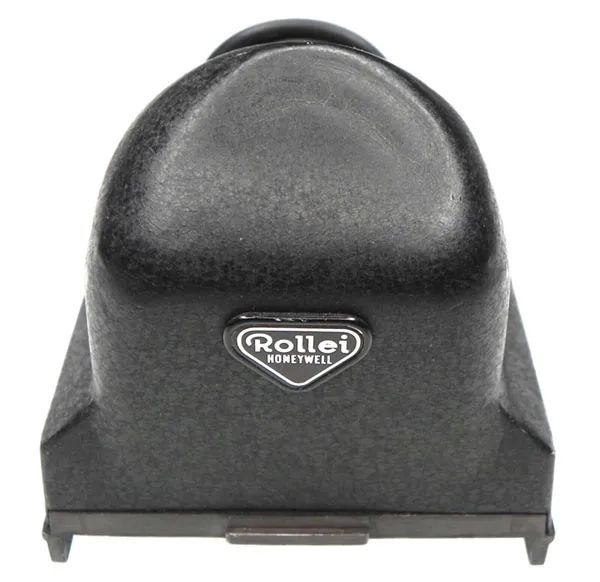
The Rolleiflex also has an eye-level prism viewfinder that replaces the usual viewfinder for specific occasions. It’s robust, bright and also has full coverage of the scene. Of course, being a prism that is attached to the camera adds weight and volume, so practicality and portability will be compromised.
Metering

The measurement is made through the selenium light meter located on the front of the camera, and the measurement values are displayed on the panel located next to the focus knob. The easy-to-read panel, a needle shows whether the metering is approaching or away from the underexposure marked with a red band.

Depending on how the camera has been used, this measurement may or may not be very accurate. The ideal would be to carry out tests to see the state of its operation. Overexposing 1 or 2 stops to see what state it is in.
If we want a reliable measurement, we could opt for a handheld light meter, or a portable spot light meter attached by means of a hot shoe adapter at the bottom, where the 1/4 thread for the tripod is. Both options would be these:


Price and buying guide
The price of a Rolleiflex can vary quite a bit, depending on the condition and where you buy it. In general, on pages like eBay you will find cheaper second-hand options. With the disadvantage that who will have to trust the word of the seller on what you buy. Look at the posts that have more images and more detailed.
And when we say that a Rolleiflex 2.8F can cost between $2,000 and 5,000, it is not something to be taken lightly. The price will vary depending on the condition of the body, the condition of the leather of the covers and if it comes with more or fewer accessories and their condition. The same would be to buy in a specialized store or from a reliable seller.
As we are talking about a 50-60 year old camera, the ideal would be to find one that has not had previous blows, that does not show wear that indicates that it has been abused or stored in a humid place. You can see this by looking inside the lens, if it contains fungi, not only the lens will be affected by moisture, but also its internal components. This would be an option I would avoid, as its long-term durability would be compromised.
And believe me, repairing a Rolleiflex is not like repairing any other camera, there are very few experts who do it, and the repair is neither cheap nor fast. You may have to wait months to get it back.
Rolleiflex 2.8F shots samples
Here some images taken with the Rolleiflex 2.8F.
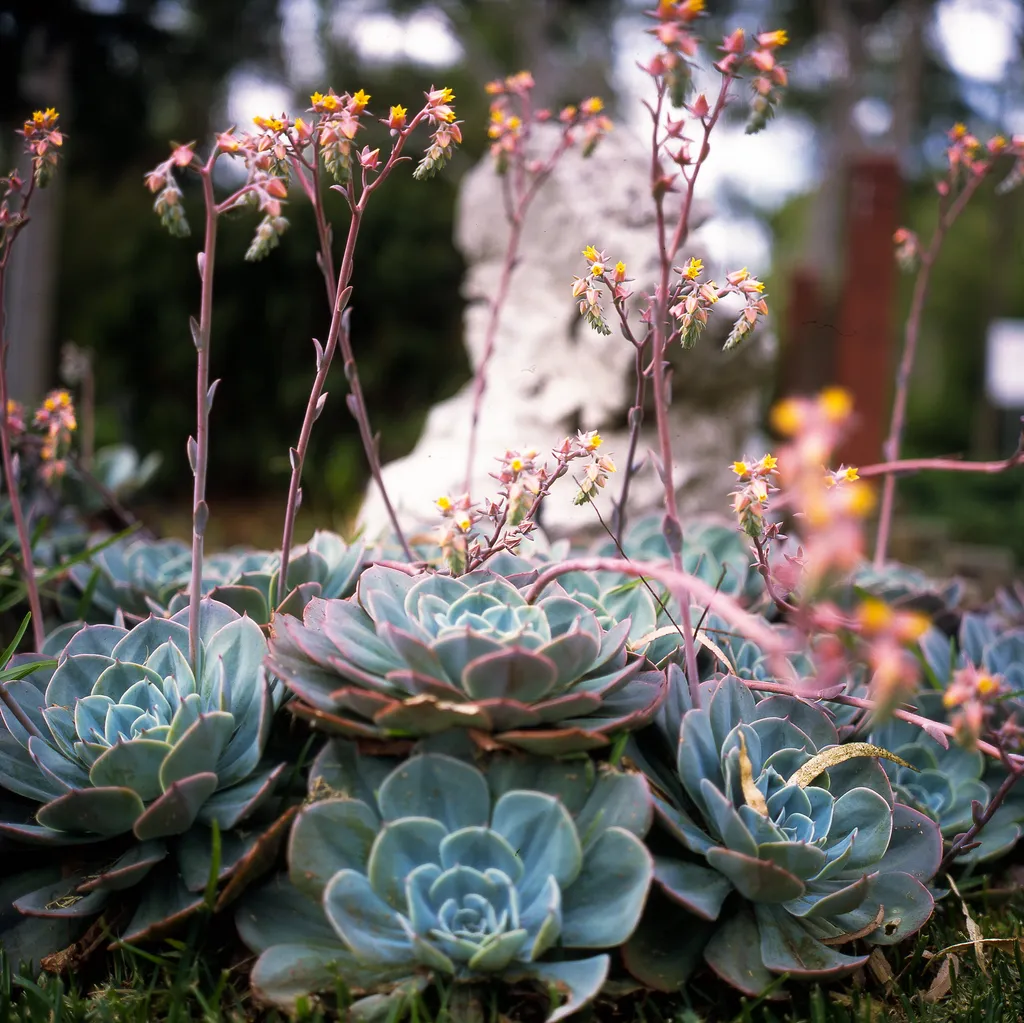

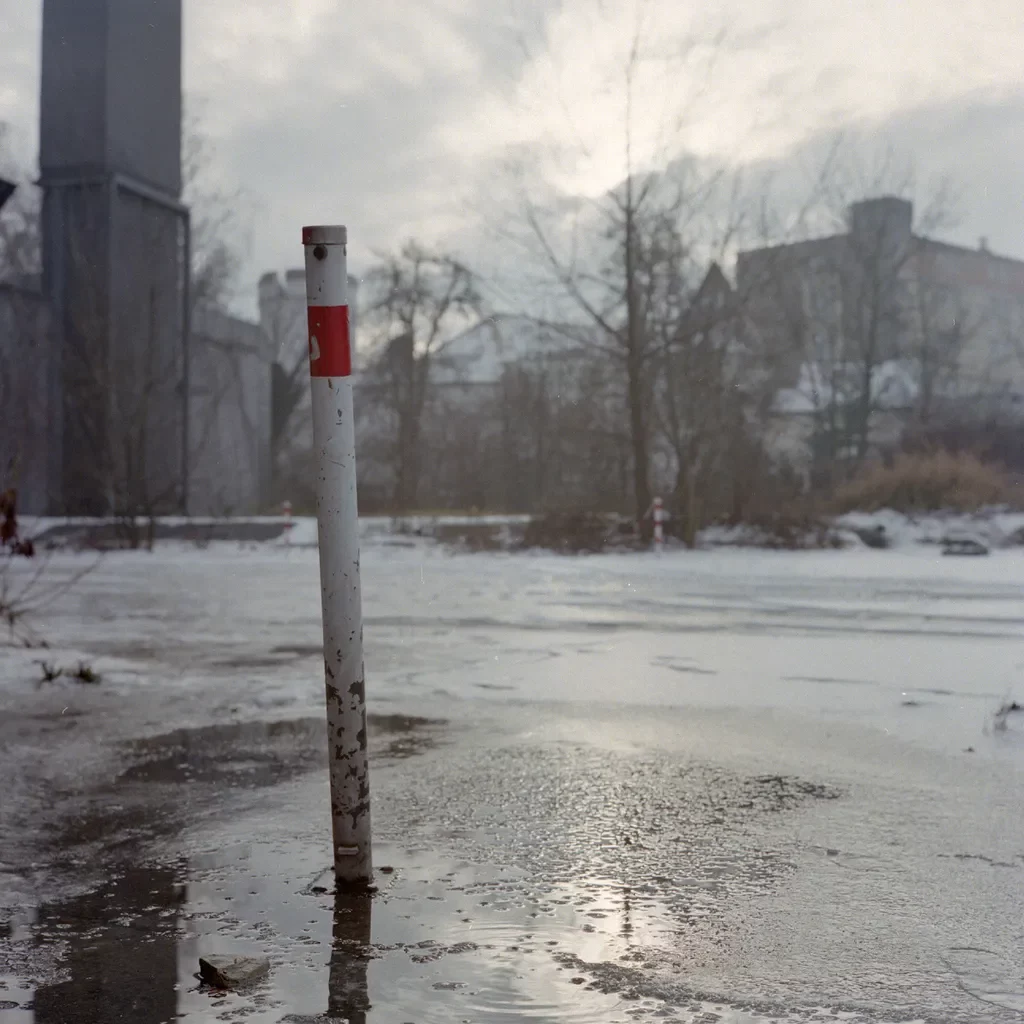

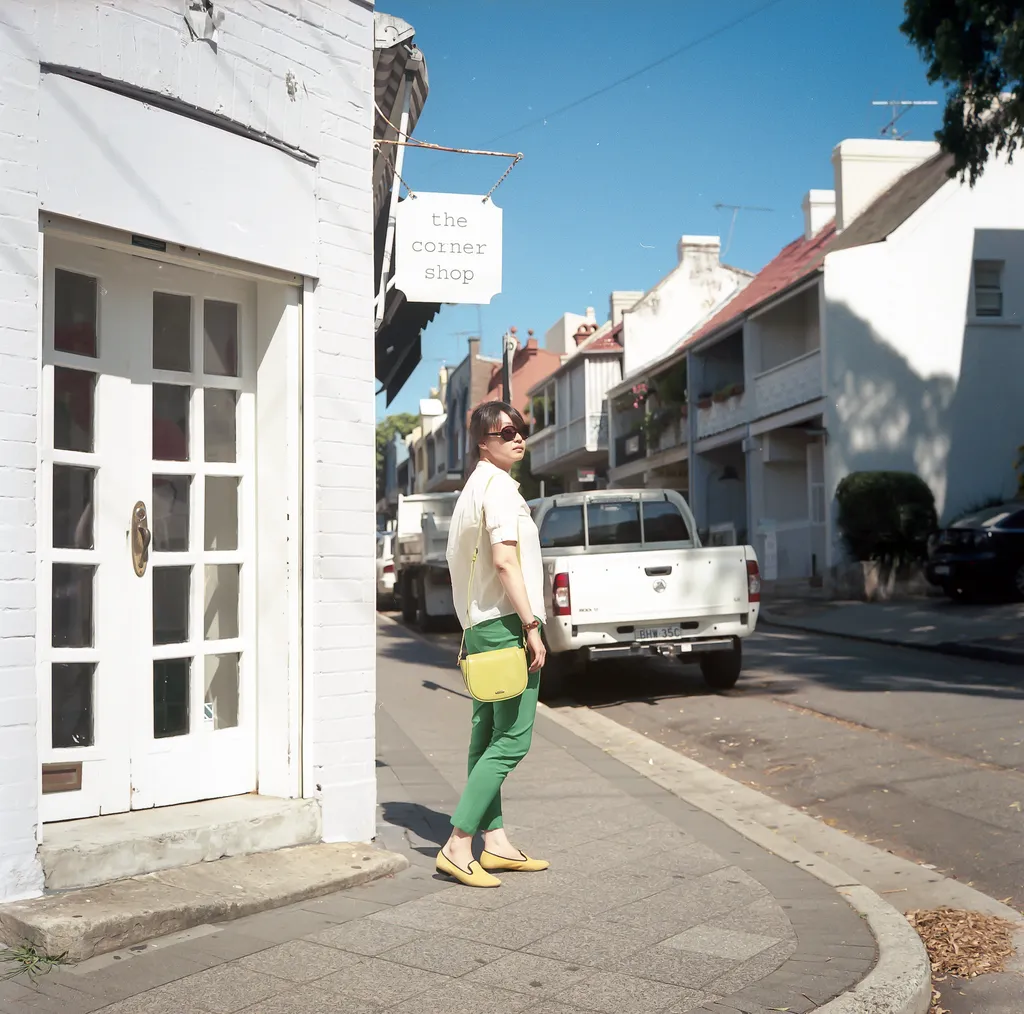
by Yupeng Wu.
Conclusion
In short, we are facing one of the cameras that we all at some point have wanted to acquire. There are good quality alternatives like its young sibling Rolleicord or even the Yashica Mat 124g, which is also a great option to start with. But when you try a Rollei you can see the difference, everything feels better quality, smoother, quieter.
The price is certainly something you can back down on. But you have to keep in mind that buying this type of camera is a luxury that you give yourself when you are already at a more advanced level in photography, that is, when you have passed the stage in which taking photos is just a hobby.
I leave you this comparative video in front of the small Rolleicord.

Written by Jorge Ferrufino
“I am a fashion photographer and an analog photography enthusiast since the beginning of my career (15 years ago). I have had the opportunity and honor of showcasing my work in various galleries and publications around the world.“

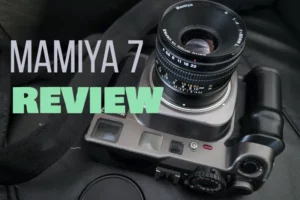
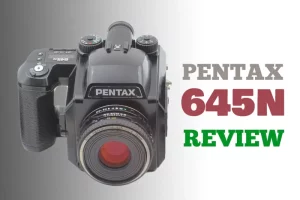
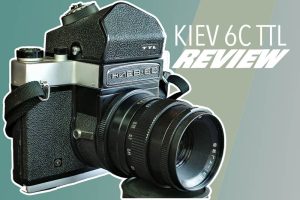
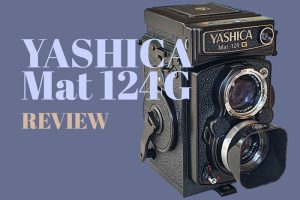
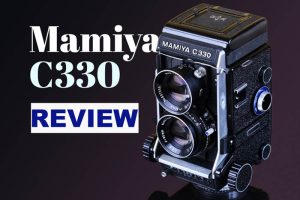
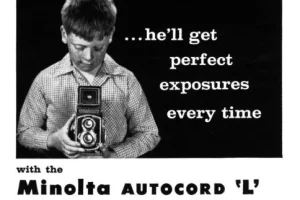
i have a rolliflex 3.5 brand new stored inside a dehumfifier jar. with brand new leather case. How much would i sell it!?